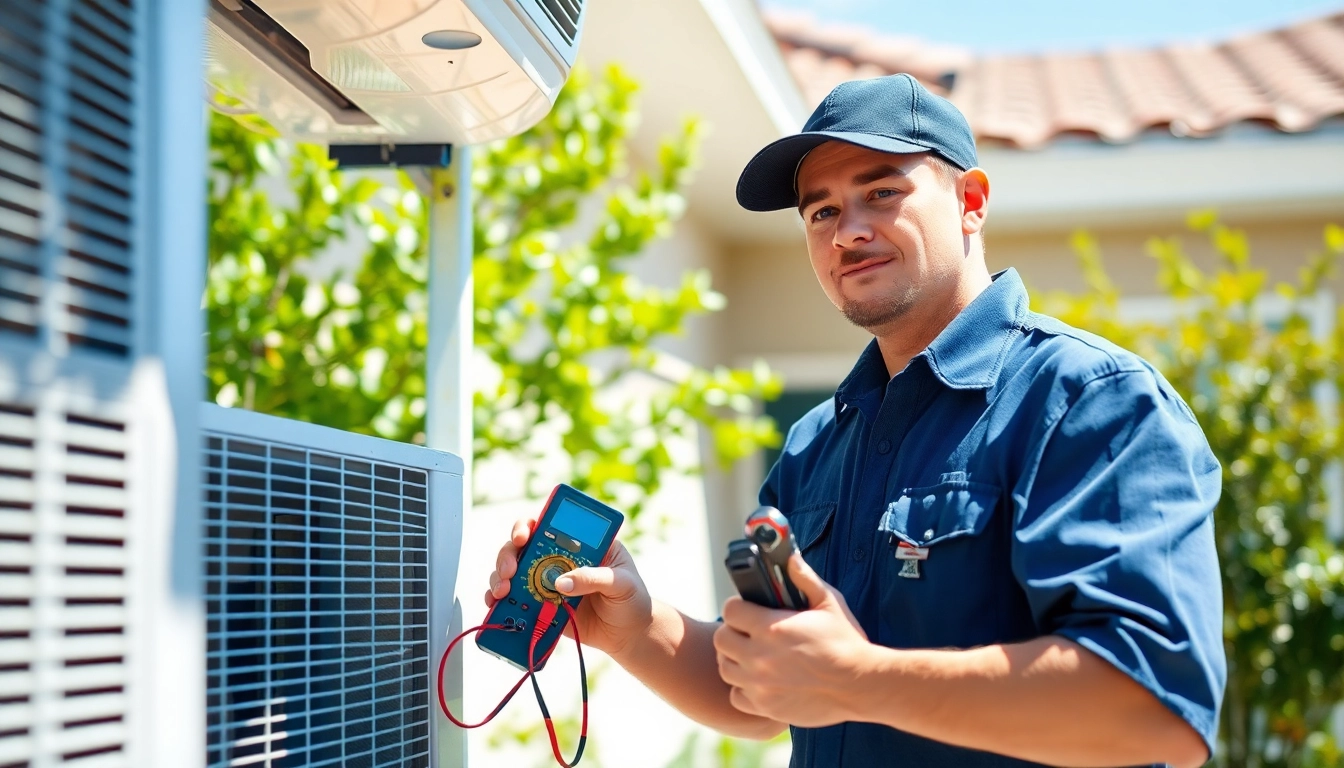Understanding Fixed Assets Verification
Definition and Importance of Fixed Assets Verification
Fixed Assets Verification is a meticulous process aimed at confirming the existence, condition, and exact location of a company’s fixed assets—those long-term resources that support business operations. These assets typically include property, machinery, equipment, and vehicles. The significance of this verification process cannot be understated, as it serves as a robust control mechanism, ensuring that company records accurately reflect the physical reality of these assets.
Moreover, effective Fixed Assets Verification mitigates risks associated with misstatement in financial reports, helps prevent potential fraud, and supports compliance with accounting standards and regulatory requirements. Organizations that neglect this aspect might discover discrepancies in their asset records, leading to financial losses and legal repercussions.
Common Challenges in Fixed Assets Verification
The process of verifying fixed assets is fraught with challenges. One of the most prevalent obstacles is tracking and identifying all assets accurately. Over time, assets may be relocated, replaced, or disposed of without appropriate documentation, leading to asset unaccountability. Additionally, lack of standardization in tagging and cataloging assets can complicate the verification process.
Another challenge is the manual nature of physical inspections, which can be both time-consuming and prone to human error. Organizations often struggle to allocate sufficient resources—time, personnel, and technology—to carry out thorough verifications. Furthermore, integrating new technologies can also create resistance among staff who are accustomed to traditional methods.
Key Components of a Verification Process
A successful fixed assets verification process encompasses several critical components. First, an up-to-date asset registry must be established. This registry serves as a foundational document, listing all assets with their corresponding details, such as acquisition date, cost, asset type, and location.
Next, organizations should develop a robust verification plan outlining methodologies, schedules, and responsibilities. This plan should also clearly define how discrepancies will be addressed. Finally, physical inspections must be conducted where each asset is validated to ensure its presence and condition matches recorded information, thus confirming coherence between physical assets and financial records.
Preparing for Fixed Assets Verification
Establishing an Asset Registry
The first step in ensuring a successful fixed assets verification is to establish an accurate and comprehensive asset registry. This registry should include all relevant information about each asset, such as identification numbers, descriptions, locations, and condition ratings. Ensuring that each asset is uniquely identifiable will streamline future verification efforts.
Regularly updating the asset registry is also crucial. Any changes, such as acquisitions, disposals, or asset relocations, should be documented promptly to maintain accuracy. Using asset management software can significantly aid in managing and automating this data gathering, providing real-time updates and reporting capabilities.
Gathering Necessary Documentation
Gathering relevant documentation is an integral part of the preparation stage. This includes invoices, original purchase orders, warranty papers, and service contracts for each asset. These documents provide necessary proof of ownership, purchase date, and conditions under which assets should be maintained or replaced.
Having meticulous documentation at hand not only facilitates a smoother verification process but also helps resolve disputes or discrepancies that may arise during the audit. Furthermore, categorizing documentation—by asset type or location—can enhance accessibility during the verification process.
Developing a Verification Plan
Developing a structured verification plan serves as a roadmap for the entire verification process. The plan should outline objectives, timelines, methodologies (such as sampling methods or complete counts), and roles and responsibilities for team members involved in the verification process.
In crafting the verification plan, it is essential to consider the scale and complexity of the assets within the organization. Larger organizations may require more detailed plans involving multiple phases and teams, whereas smaller operations might need simpler, integrated approaches. Additionally, contingency plans should be integrated to address any unexpected complications that may arise during the verification.
Executing the Verification Process
Conducting Physical Inspections
Physical inspections are a cornerstone of fixed assets verification. This involves physically checking each asset against the established registry to ensure that they exist, are in good condition, and are located where records indicate. The inspection should be thorough and may include checking asset labels, tags, and reference numbers to confirm identity and status.
Personnel involved in physical inspections should be adequately trained to recognize discrepancies and report findings accurately. They should also understand the significance of the data they are checking, which can contribute to maintaining corporate compliance and integrity.
Using Technology in Asset Verification
Technology plays a pivotal role in modern asset verification processes. Various technologies, including barcode scanners, RFID tags, and mobile asset management applications, can simplify data collection and improve accuracy. For instance, RFID technology allows for quick scanning of multiple assets in a single pass, reducing the time needed for inspections significantly.
Additionally, using software solutions for asset tracking and management can help organizations automate documentation processes, track asset conditions dynamically, and generate real-time reports—all of which enhance the efficiency of the verification process. Organizations can leverage cloud-based solutions for easy access to asset data from anywhere, further facilitating effective verification.
Recording Findings and Anomalies
As the verification process unfolds, documenting findings and any identified anomalies is critical. This documentation should capture all discrepancies, such as missing assets, assets in poor condition, or mismatches between physical assets and recorded data. A detailed record of these anomalies is essential for follow-up actions, including investigating potential theft or mismanagement.
Post-verification meetings are invaluable for discussing the findings and discrepancies noted during inspections. This enables teams to strategize on corrective actions, update asset records, and revise the verification process as necessary. Regular documentation and reporting ensure accountability and promote transparency in handling fixed assets.
Best Practices for Fixed Assets Verification
Regular Updates and Audits
Regular updates and audits of fixed assets are imperative to maintaining an accurate asset registry. Scheduled audits—quarterly, semi-annually, or annually—can ensure that all assets are verified consistently, maintaining their condition and accuracy in records. This practice helps organizations pick up on discrepancies early, thereby mitigating losses and issues caused by outdated information.
Incorporating a culture of accountability can enhance adherence to audit schedules. By making asset management a key performance indicator (KPI) for relevant departments or personnel, organizations can ensure a proactive approach to asset verification and maintenance.
Implementing Cross-Functional Training
Cross-functional training among different business units helps enhance the accuracy and understanding of fixed asset management across the organization. Employees involved in finance, operations, and IT can gain valuable insights into each other’s roles and the importance of proper asset verification. Training should focus on best practices, technology usage, and the significance of compliance.
Furthermore, cross-training facilitates smoother processes for asset management. When all relevant units work collaboratively, it fosters better communication, aligns objectives, and creates a more streamlined approach to verifying and managing fixed assets.
Establishing Clear Policies and Procedures
Establishing clear, documented policies and procedures for fixed asset verification is fundamental. These policies should be communicated effectively to all employees, ensuring that each team member understands their responsibilities within the verification process. Clear guidelines also protect the organization against discrepancies by setting standard operating procedures for asset management.
Organizations should periodically review and update these policies to adapt to changes in regulatory requirements or technology advancements. Consistently maintaining a policy framework allows for swift responses to potential issues and promotes internal best practices.
Measuring the Success of Fixed Assets Verification
Performance Metrics to Monitor
To evaluate the effectiveness of fixed assets verification efforts, organizations should establish and monitor key performance metrics. Common metrics might include asset recovery rates, the number of discrepancies identified during audits, and the time taken to complete verification processes. These metrics provide actionable insights into the performance of current verification practices and highlight areas for improvement.
Additionally, organizations can track the volume of resources allocated to fixed asset management and their return on investment. This analysis contributes to understanding whether current practices align with the organization’s overall financial and strategic goals.
Continuous Improvement Strategies
Continuous improvement in the fixed assets verification process can be achieved by analyzing performance metrics and soliciting feedback from staff involved in the verification process. Regular reviews and discussions can uncover improvement opportunities, such as enhancing training programs or adopting more efficient technologies.
Moreover, leveraging industry trends and best practices can help organizations stay ahead of potential challenges. Engaging with outside experts or consultants periodically can provide fresh perspectives on optimizing asset verification practices and aligning with industry innovations.
Aligning Verification with Financial Reporting
Aligning fixed assets verification with financial reporting is a critical element of effective asset management. An accurate verification process ensures that asset figures reported in financial statements reflect true asset conditions. This alignment not only fulfills compliance requirements but also boosts stakeholder trust.
Strategically integrating verification findings into financial reports can also help guide strategic decision-making. For instance, identifying underperforming assets through the verification process can inform future investment or divestment strategies, thereby enhancing overall financial performance.




